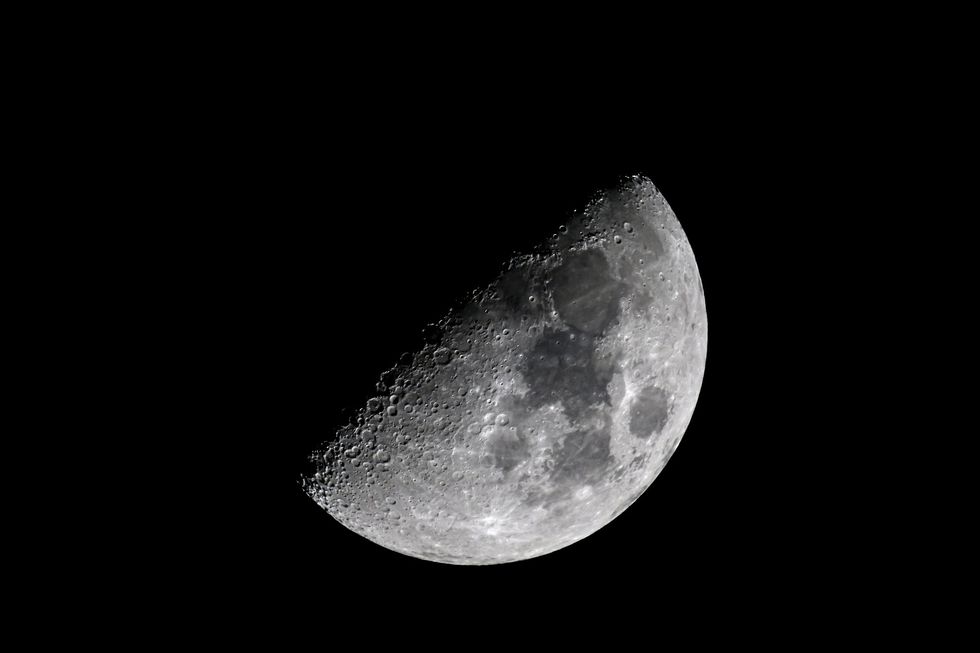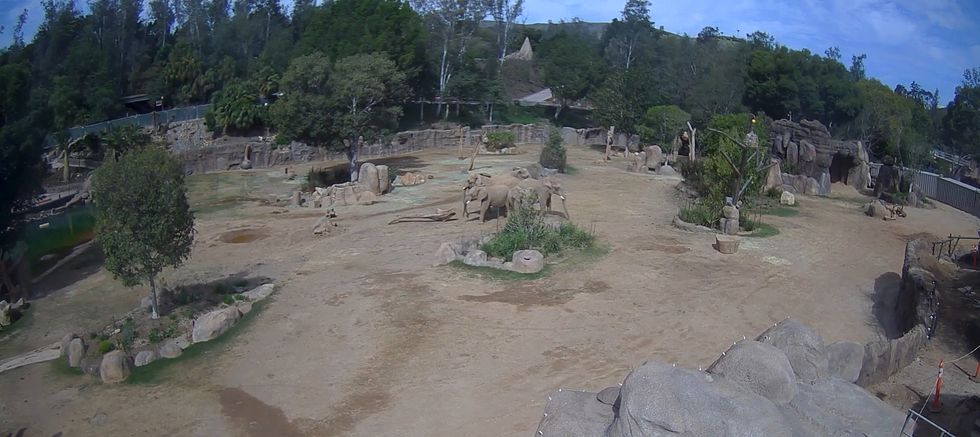Gregory Robinson
Feb 24, 2025
What If We Created an Artificial Moon?
Underknown / VideoElephant
A space mission is launching this week to send a probe to the Moon to pinpoint lunar water on its surface.
The Lunar Trailblazer is a two-year mission that is scheduled to take off on Thursday (27 February) on a SpaceX Falcon rocket.
A lot of people may think of the Moon is just a dusty and cold world, but scientists recently uncovered significant suggestions that Earth’s only natural satellite has significant quantities of water. The probe will reveal how much water is near the surface and will also map the locations where it can be found.
Water on the Moon could help propel plans to set up colonies. With the help of solar power plants as a source of power, water could be turned into its elements of hydrogen and oxygen, with the former being used as fuel and oxygen could help astronaut staff breathe.
The previous assumption was that water molecules brought to the moon by meteorites and comets would be broken down quickly by sunlight into hydrogen and oxygen which would then drift into space. However, recent robotic probes have found evidence that there is water, which is primarily ice, found in deep craters that never receive sunlight. The lunar south pole is a key area of interest for the search of ice because it is never exposed to sunlight.

Lunar Trailblazer has been designed to map out water found on the Moon’s surface using an infrared scanner and a thermal mapper that is described as an advanced heat camera. The two instruments should be able to generate a water map.
Professor Neil Bowles, leader of the team of physicists at Oxford University who built the thermal mapper, told The Guardian: “This is primarily a scientific mission. However, it should also tell us how water is transported across the lunar surface and that has implications for future lunar exploration by humans.”
Bowles added: “We know there is water at the Moon’s poles but we are not sure how it ended up there. We think there is a kind of lunar water cycle just as there is one on Earth although in the case of the one on the Moon it has nothing to do with clouds or rain.
“Either water is delivered by comets or meteorites that hit the lunar surface and release lots of water which then condenses in cold traps at the poles. Alternatively very thin layers of water may be formed by reactions in the lunar soil.”
Bowles says it is currently unknown how the water would move around and “build up into ice deposits”. This is what the scientists are hoping to find out.
Why not read...
Scientists finally confirm what's inside the moon – and it's not what you think
NASA is offering $3 million to anyone who can help them solve an important space problem
Sign up to our free Indy100 weekly newsletter
How to join the indy100's free WhatsApp channel
Have your say in our news democracy. Click the upvote icon at the top of the page to help raise this article through the indy100 rankings.
Top 100
The Conversation (0)














